In the United States, wealth inequality presents a significant challenge, often referred to as the “Ghetto Tax.”
This term, used by researchers, describes the higher costs for basic necessities that America’s poorest citizens face. Contrary to its name, the Ghetto Tax is not a government-imposed levy but a metaphorical burden reflecting the additional financial strain on those living in poverty.
Understanding the ‘Ghetto Tax’
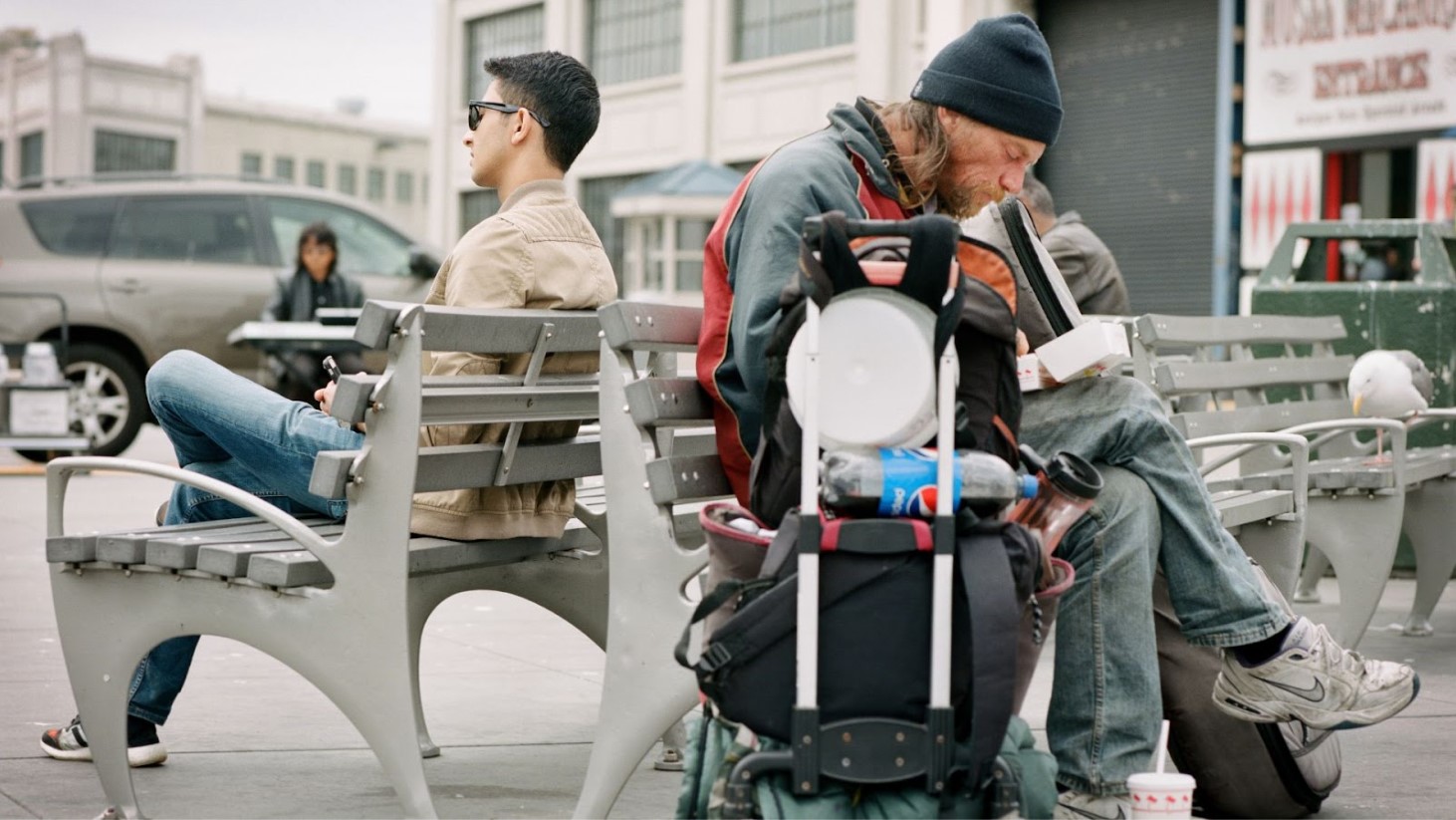
The Ghetto Tax is a concept that highlights the additional expenses borne by those in poverty for everyday essentials.
Research indicates that everything from groceries to government services carries a higher price tag for the impoverished. This phenomenon is supported by scientific evidence, demonstrating that poverty can indeed be more expensive.
The High Cost of Fresh Produce in Low-Income Areas
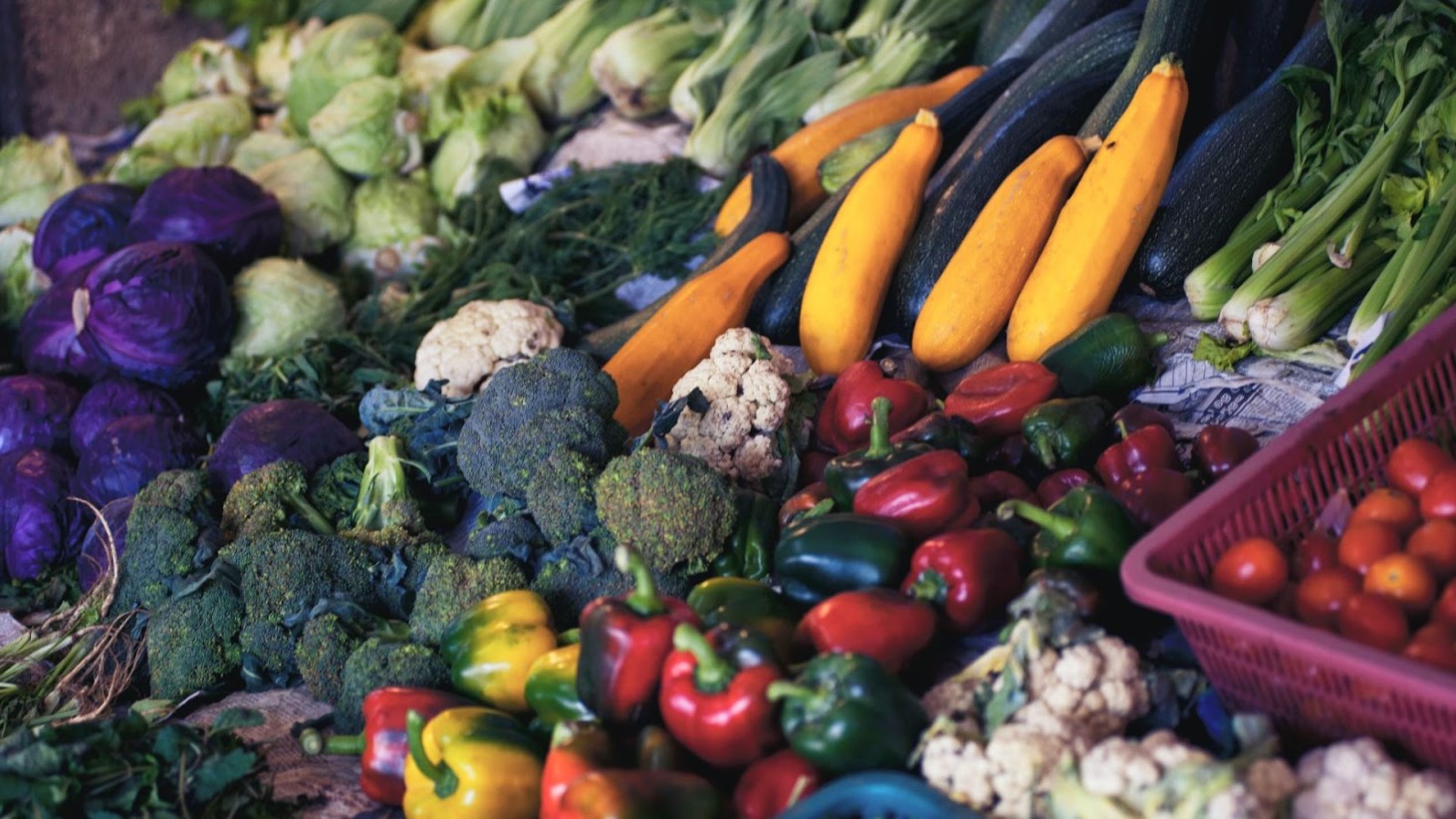
A study by the Public Policy Institute of California in 2018 revealed that poor families living in low-income areas spend significantly more on fresh produce.
This disparity is due to the locations where they shop, highlighting the challenges faced in accessing affordable, healthy food options in certain communities.
Price Disparities in Different Stores
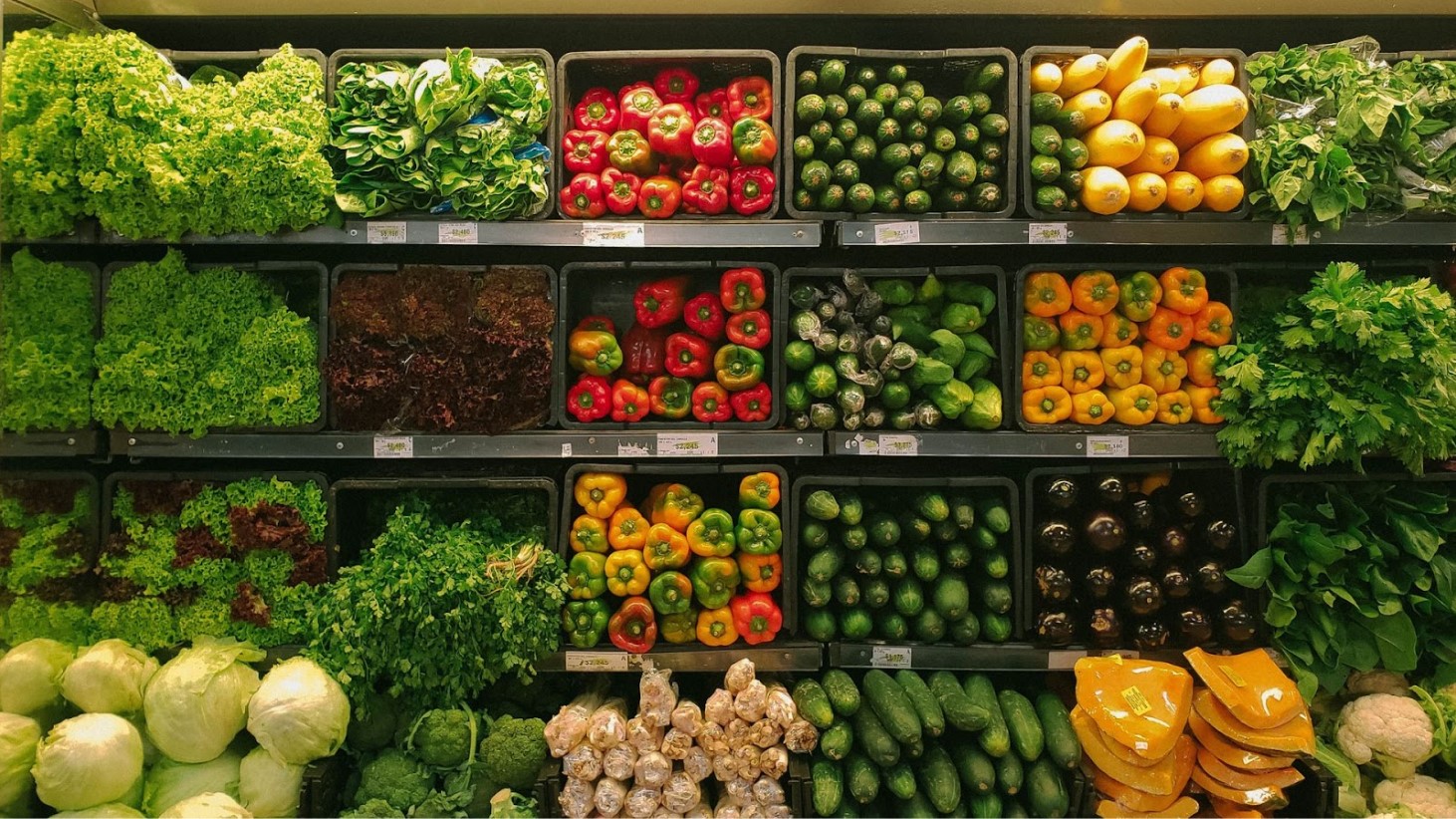
Research conducted by the Public Policy Institute of California across various store types in low-income neighborhoods shows a consistent trend: Prices for produce are higher compared to those in more affluent areas.
This issue is not isolated to a single type of store but is a widespread problem affecting numerous communities and shopping options.
Markups in Grocery Stores in Poorer Areas
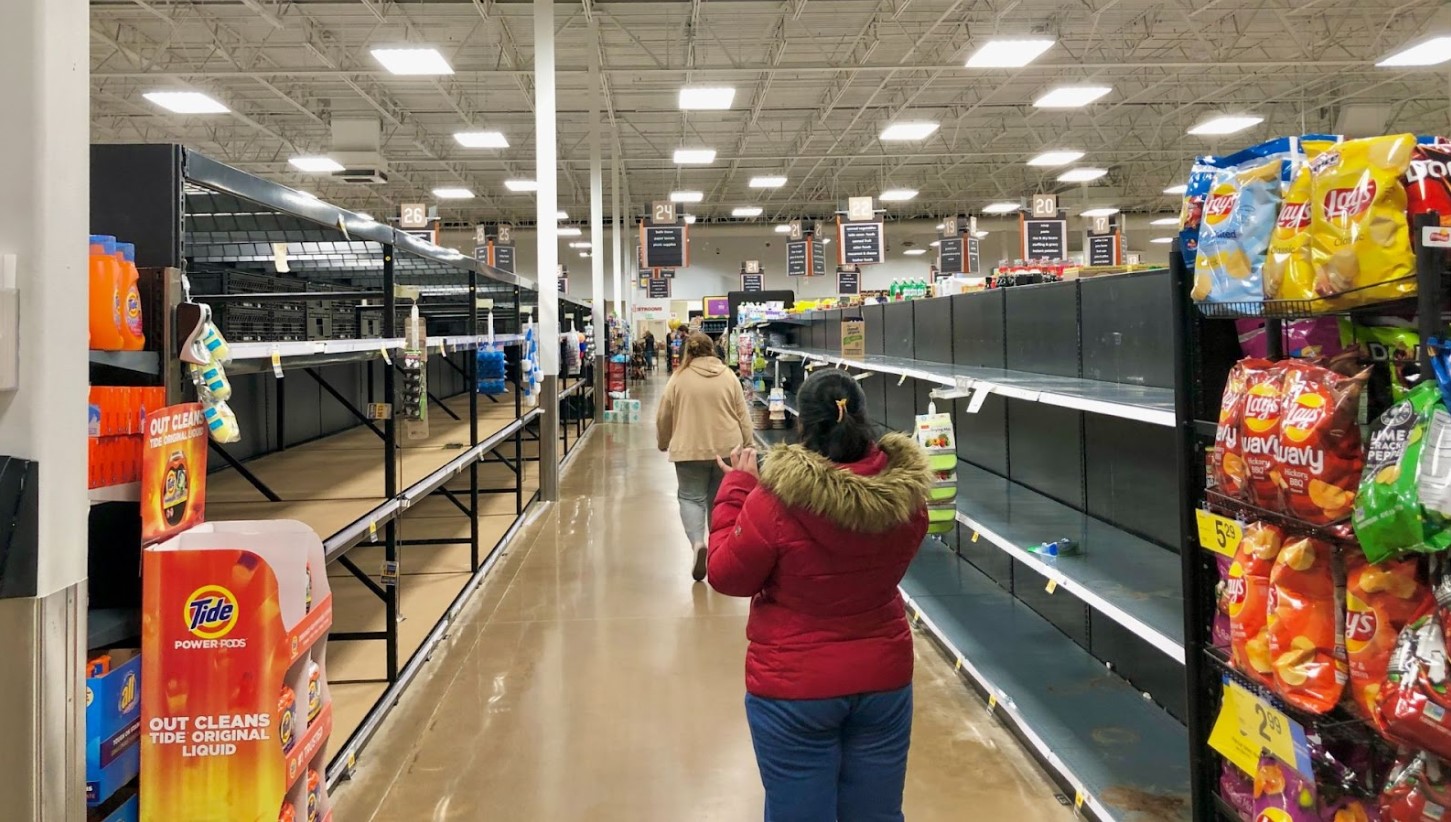
The research shows that the price disparity is particularly pronounced in grocery stores within these neighborhoods.
Large grocery stores were found to have prices 27% higher, smaller markets 37% higher, and convenience stores had a staggering 102% markup on average on produce, according to the study.
Comprehensive Study on Food Accessibility
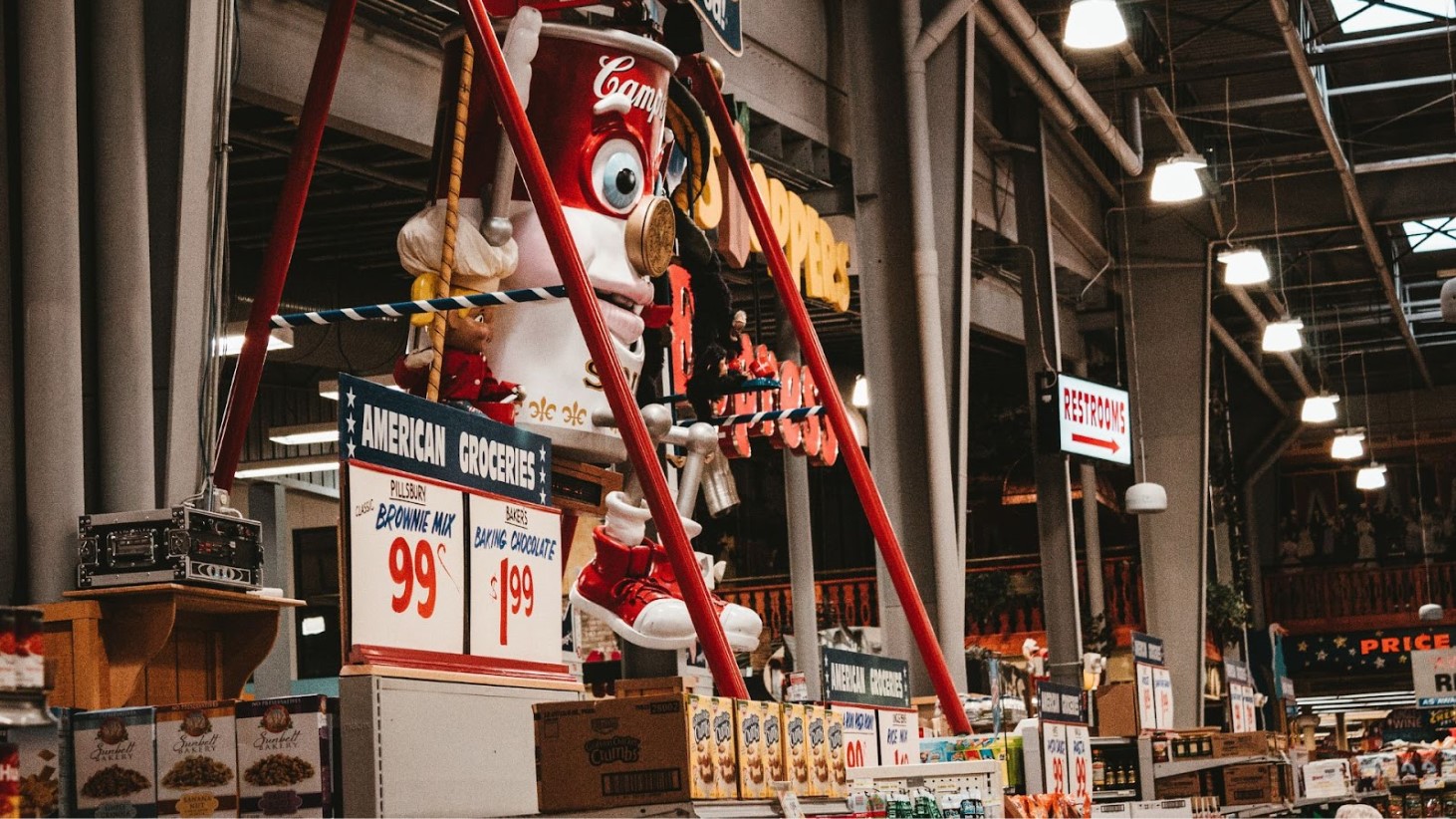
The study’s breadth was significant, encompassing 225 low-income neighborhoods and examining 622 convenience stores, 621 small markets, and 231 large grocery stores.
This extensive research highlighted the prevalence of high-cost options in areas where affordability is crucial.
Food Deserts in Low-Income Areas
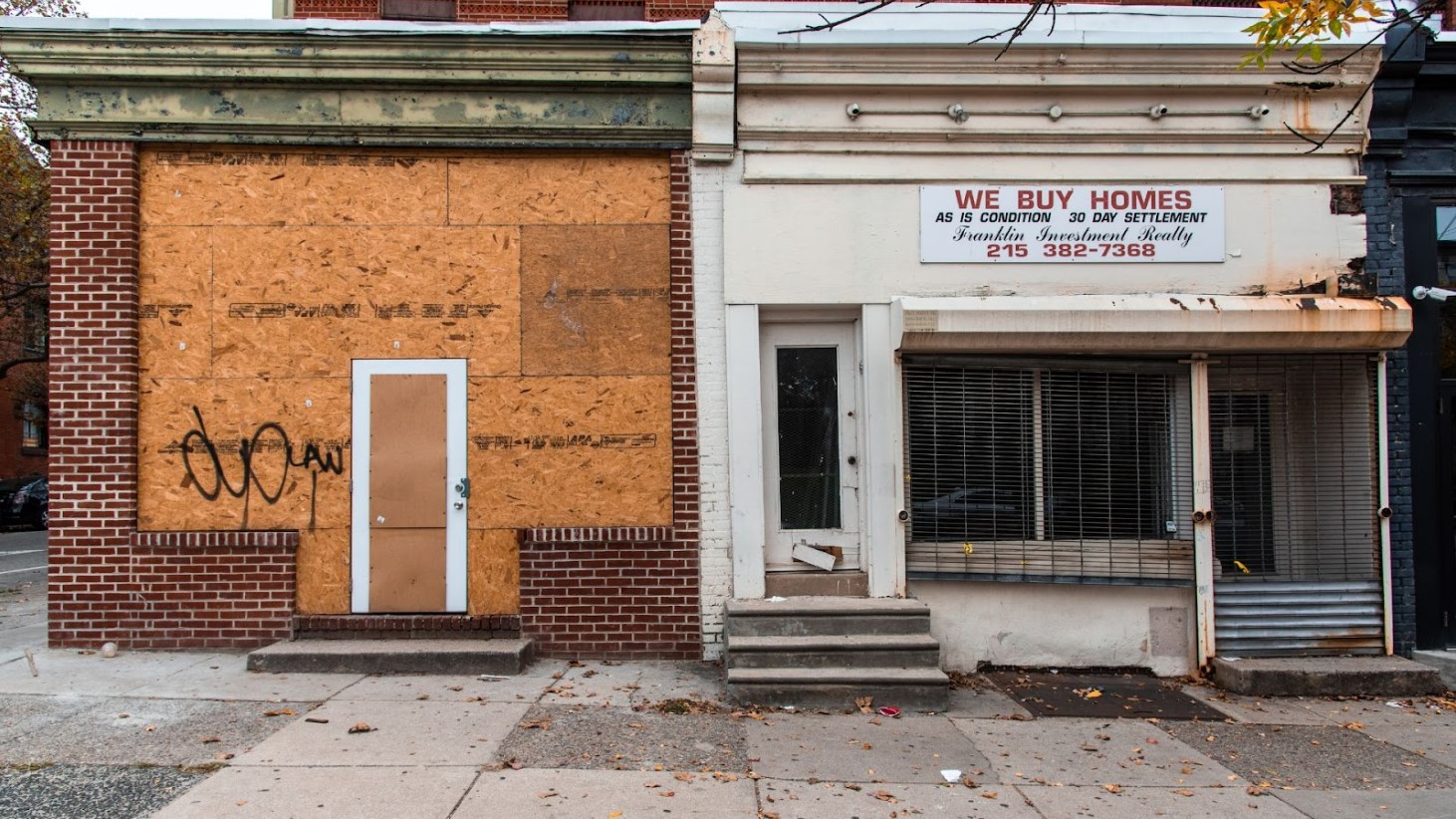
The U.S. Department of Agriculture (USDA) has acknowledged the limited access to large grocery stores and supermarkets in some low-income areas.
This situation has led to the coining of the term “food deserts,” describing regions where affordable and nutritious food is hard to come by.
The Extent of America’s Food Deserts
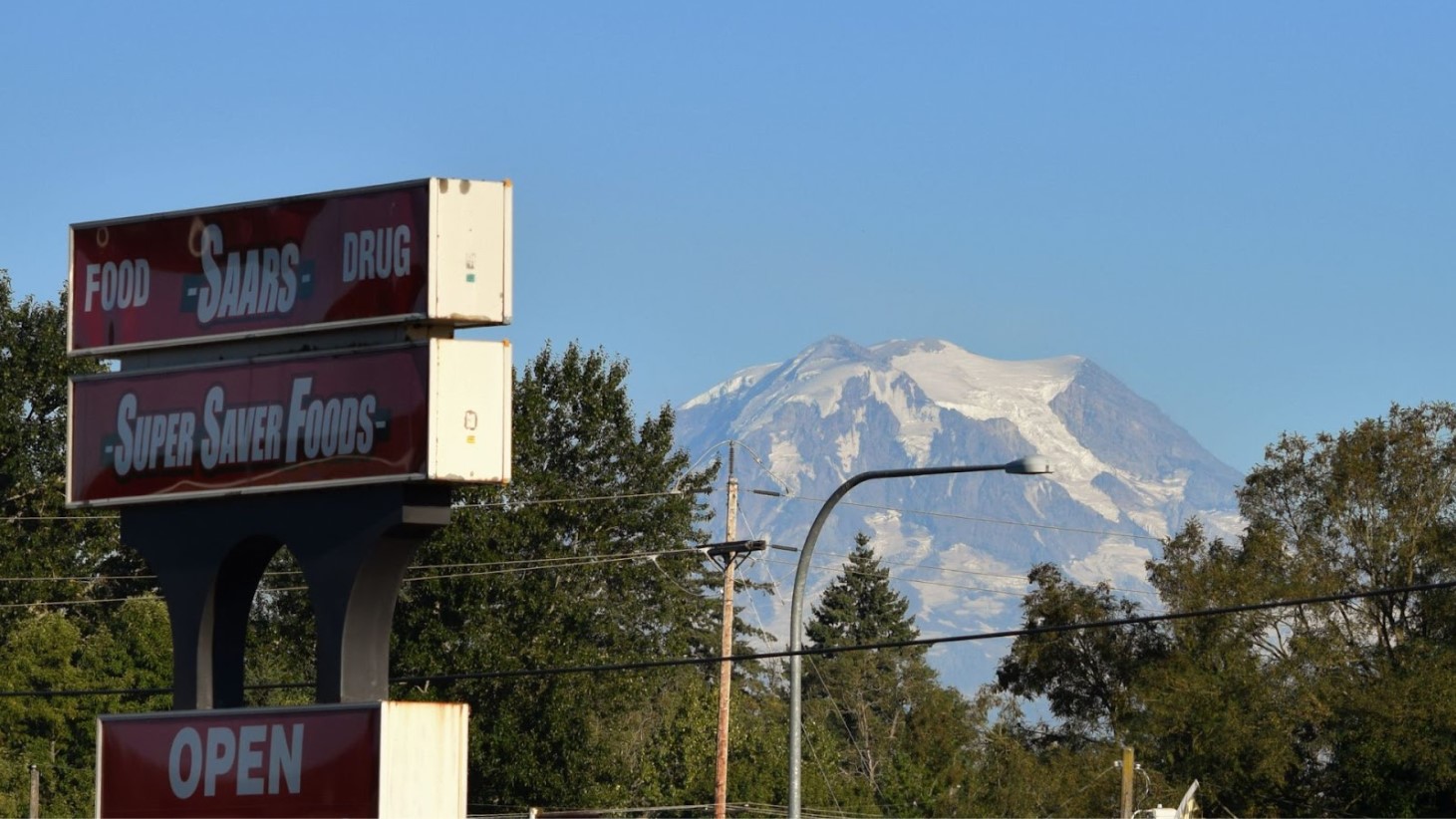
In a 2017 study, the USDA found that approximately 39.2 million people in the U.S., accounting for 12.8% of the population, were living in low-income and low-access areas.
This significant portion of the population faces challenges in accessing affordable, nutritious food.
Wider Cost Disparities Beyond Food
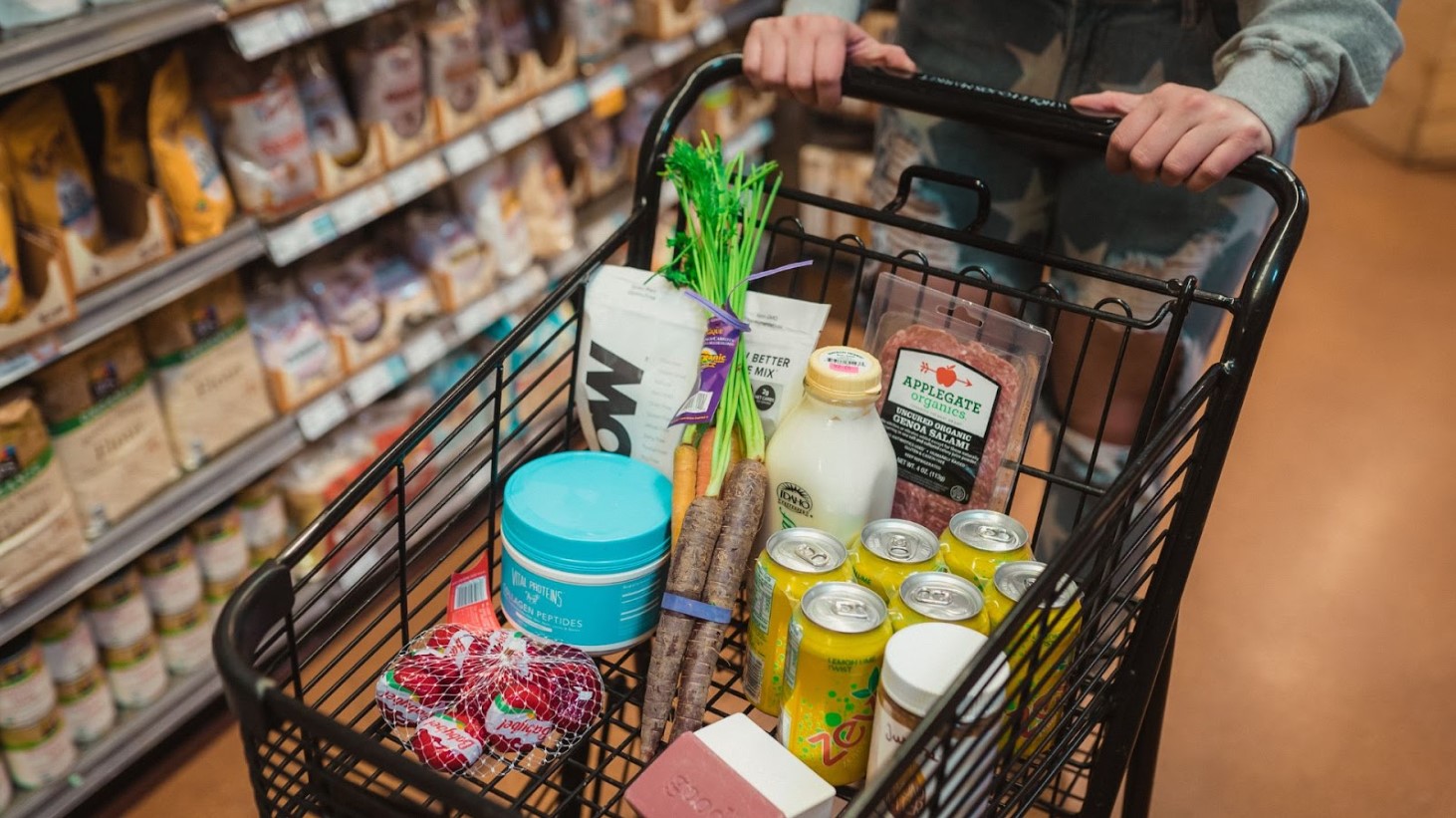
Beyond food, poor people are found to pay more for a variety of products.
An analysis by The Washington Post revealed that poor individuals end up paying more for certain products, with a noted lack of competition to develop affordable options for the poorer market segments.
Higher Insurance Premiums in Low-Income Neighborhoods
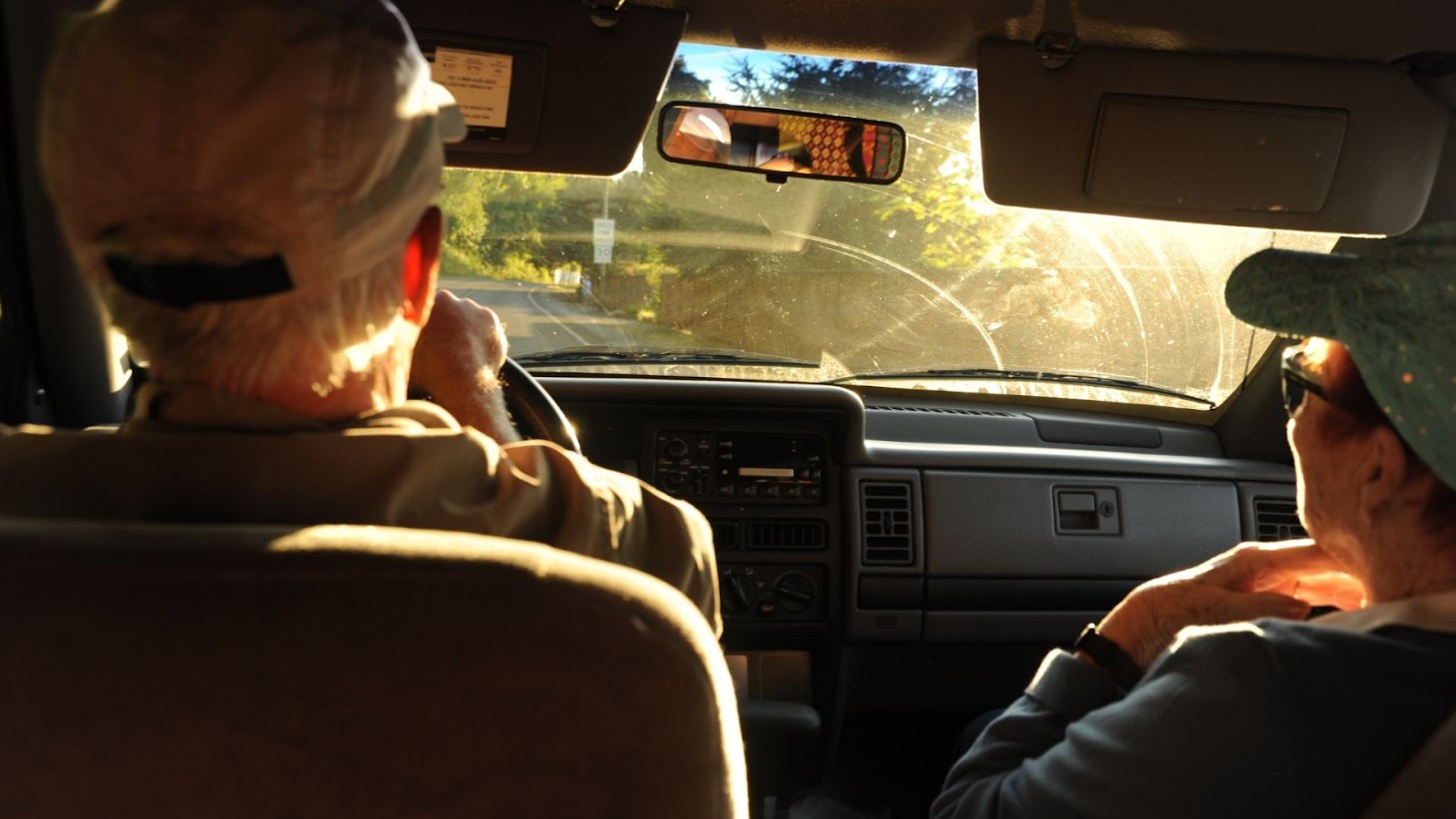
A study conducted by ProPublica found that insurance premiums are also higher for individuals in low-income areas.
The analysis showed that insurers charged minority neighborhoods more than 30% extra for auto insurance compared to wealthier areas.
Greater Utility Costs for Poorer Americans
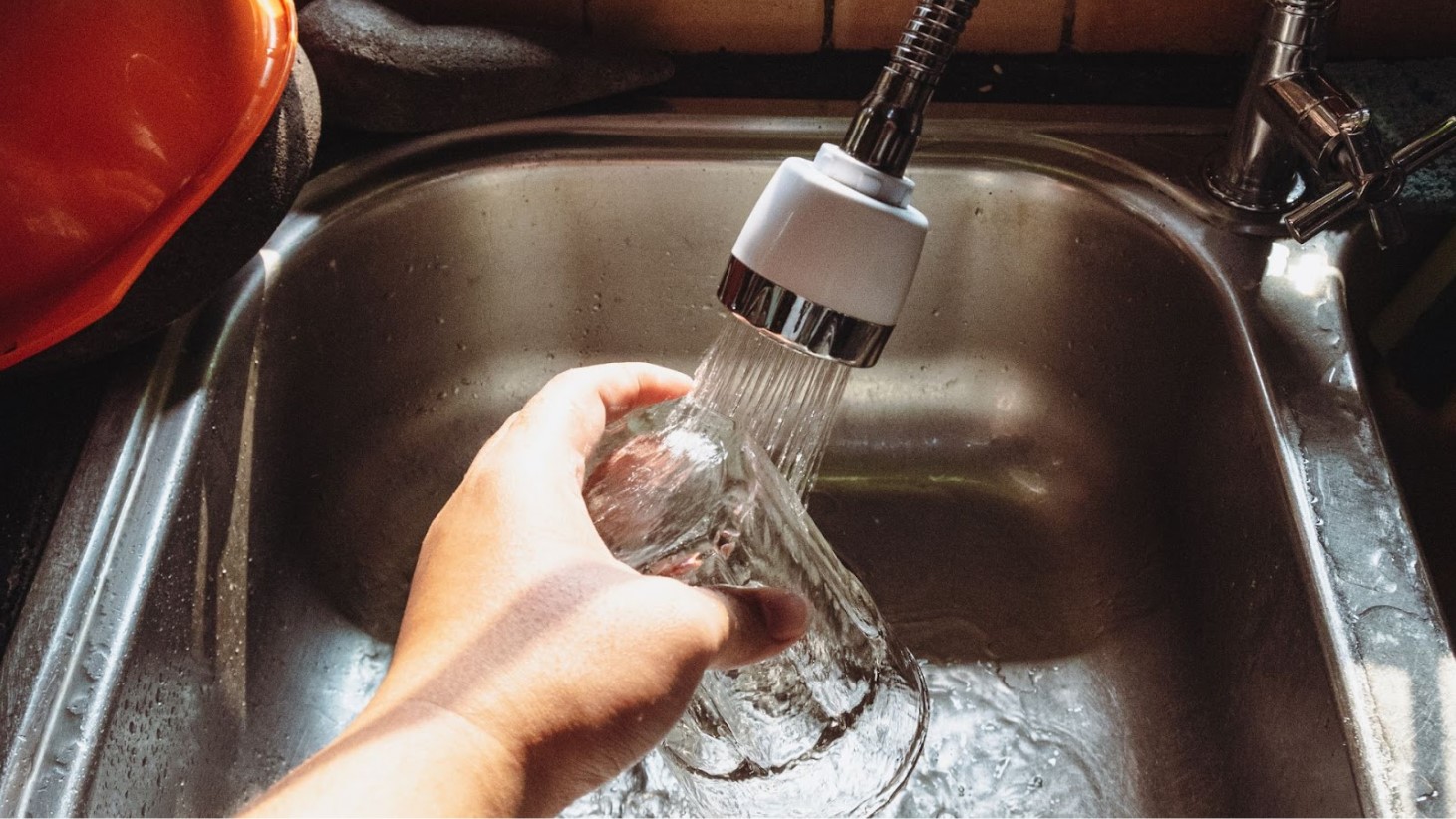
According to a report from IOP Science, lower-income households face higher costs for basic utilities such as water and electricity.
This report highlights that utility costs take up a larger portion of the budget in lower-income households, adding to their financial strain.
Brookings Institute’s Findings on Poverty’s Cost

The Brookings Institute’s report found that 4.2 million lower-income households paid more for mortgages, 4.5 million paid higher prices for auto loans, and 1.6 million paid excessive fees for household items.
“Countless more pay high prices for other necessities, such as basic financial services, groceries, and insurance,” per the Brookings Institute’s website.
